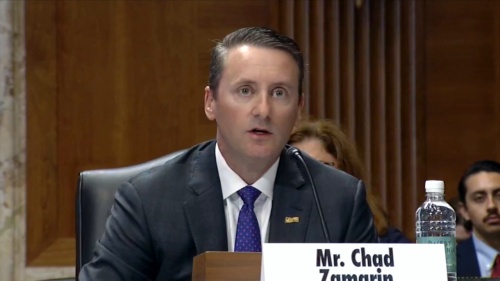Demand for clean energy is on the rise, and natural gas is playing – and will continue to play – a foundational role in moving the world to a low-carbon future. The next generation of the energy marketplace is rooted in a strategic energy mix – natural gas, next gen gas, hydrogen, solar, wind and emerging technologies designed to meet growing energy demand without sacrificing reliability, affordability, safety or the environment.
Recently, I traveled to Washington to testify with other energy experts at a U.S. Senate Energy and Natural Resources Committee hearing on the development of hydrogen infrastructure. Williams’ nationwide natural gas network is adaptable to future fuels like hydrogen, and we are committed to investing in these areas for the benefit of our nation’s energy needs and for the environment.
As one of the largest and most experienced midstream companies in the United States, Williams serves as the link between upstream energy producers and downstream users. We own and operate more than 30,000 miles of pipelines system wide – serving major markets from the Gulf Coast to the Atlantic Seaboard, the Northeast (including Washington, DC and New York City) as well as Seattle, Portland and other major population centers in the Pacific Northwest. The energy we move is used every day for clean-power generation, residential, and industrial use.
As a society, we face an unprecedented challenge: meeting growing energy demand while simultaneously addressing the risks of climate change with practical solutions. Large-scale hydrogen transportation is in its early stages and there are over 2.3 million miles of natural gas pipelines that provide energy security and reliability for our nation. This irreplaceable and flexible network can be leveraged to deliver the benefits of natural gas with emerging low-carbon solutions.
Williams has near-term plans to blend hydrogen into the natural gas stream and transport it via existing infrastructure to further improve the emissions footprint of heating, cooling, cooking and power generation. For renewables and emerging energy solutions to reach their full potential, we must efficiently manage supply through the peaks and valleys of demand. The fastest and most pragmatic way to do this on a meaningful scale is to partner hydrogen and renewables with natural gas and use the world-class infrastructure we have today for tomorrow.

